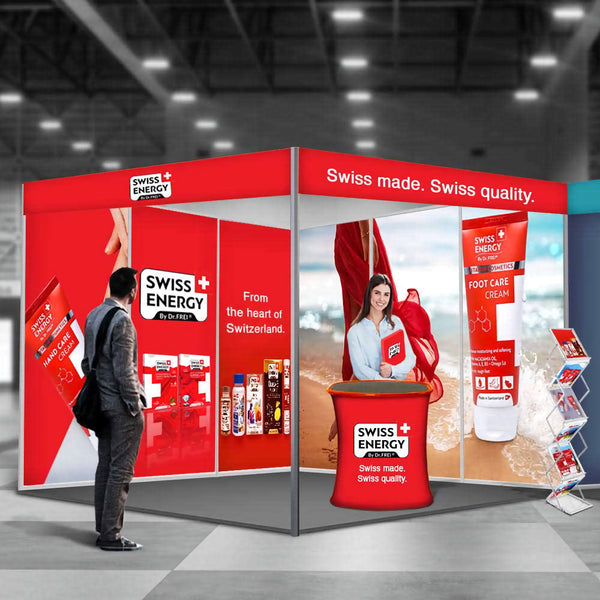What is a vector file?
Vector files are critical if you want your brand or product developed adequately. It's crucial to understand the difference between vector and raster images so that everyone involved in branding is on the same page.
Raster
Raster files are a type of file that uses thousands of pixels to create an image. Each pixel is assigned a colour, and these pixels are put together like pieces in a puzzle, making your photo/logo. Common rasters include JPGs, GIFs & PNGs.
Once you have created the Raster images using Photoshop or similar software, they cannot be resized as each pixel can't change shape, so if you increase its size, every single piece will become fuzzy around the edges because they would all need to increase equally which makes them distorted and unclear - this is why when we resize pictures some people choose not to do too much for fear of losing quality!
Vector
Vector files are much more flexible and rely on mathematical equations that generate files upon rescaling to ensure flawless image quality. Vector files are most commonly used with graphic designers, who use software from Adobe Illustrator, which specialises in vector work. Your logo and all other branding items should be designed as vector formats because they will remain high-quality regardless of how you choose to resize them for different purposes or supports (like print vs digital). Additionally, the flexibility afforded by vectors means your brand elements can adapt seamlessly to fit any size without losing their clarity or impact.
What’s the difference between high and low resolution
High-resolution images are commonly used in printed stationery products like letterheads, business cards, signs. Low-resolution files are often found on the web for websites and banners. To determine whether or not your image/file is high or low resolution, you need to look at its pixel density (DPI). DPI tells us how dense an image's pixels will be when it prints out onto paper - usually referred to by either "dots per inch" (DPI) or "pixels per inch" (PPI). You can check this right-click menu option under information ("information").

What are the different file formats
Raster formats
Jpg
Jpg is the most common file for photos. Jpg files can be optimised to lower the file weight (Kb). Some websites require highly optimised images to run faster. Optimising can be done through photoshop. The more you optimise your JPG file, the more the quality decreases. This can often result in grainy kinds of pictures.
PNG
PNG files are like JPG files, although they cannot be optimised like the JPG file, making them much more significant. The particularity of PNG files is that they can have transparent backgrounds. PNG files are handy to place your image over a textured or coloured background.
GIF
GIF files are the simplest version of a raster file that you can find. They are mainly used in looped animations that can be created with photoshop. GIFs are great file formats for icons and specific graphic elements but are not used for pictures.
Vector formats
EPS
The EPS file is most commonly used for vector elements such are icons. The advantage of the EPS file is that it is usually compatible with recent and old versions of illustrator. It is a highly compatible format.
Ai
Ai files are files made to be used by Adobe Illustrator (software). These files are commonly used by graphic designers, logo designers, illustrators, printers… Ai files only fonction with illustrator, so you may not need them if you are not using that program.



